ปลาทอง ปลาสวยงาม ชนิดแรกๆ ที่ เชื่อว่า หลายคน คงมีโอกาสได้สัมผัส ได้เลี้ยงดู ได้หลงเสน่ห์ ความน่ารัก ความอุ้ยอ้าย ของปลาชนิดนี้ กว่าร้อย สายพันธุ์ ที่เกิดจาก ความพากเพียร พยายาม ของมนุษย์ เรา
อุปกรณ์เลี้ยงปลาสวยงาม จากเว็บช้อปปิ้งชั้นนำ
95 บาท150.00 บาท
39 บาท100.00 บาท
110 บาท115.00 บาท
490 บาท590.00 บาท




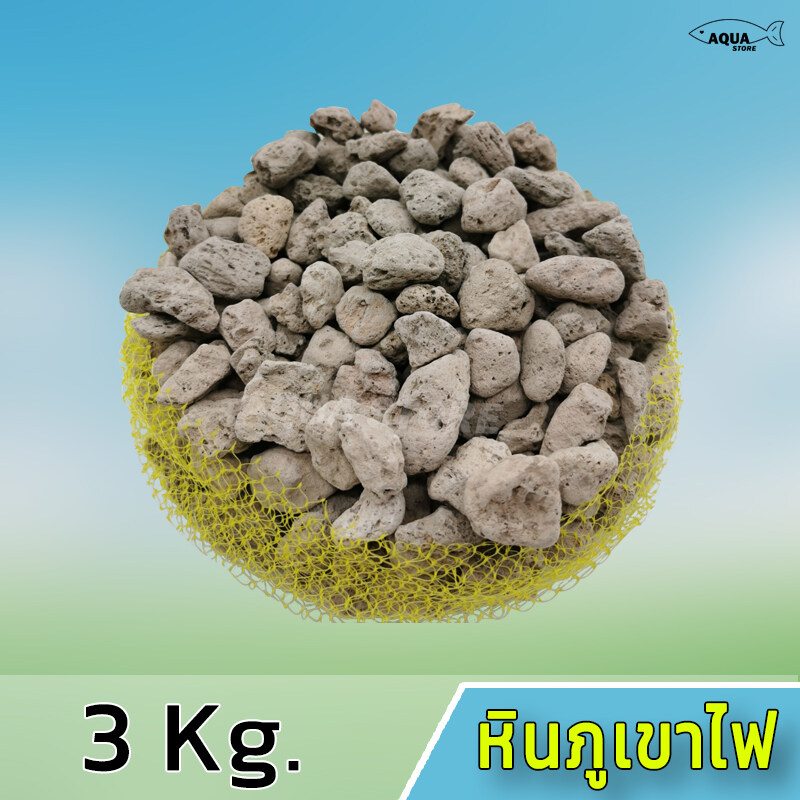
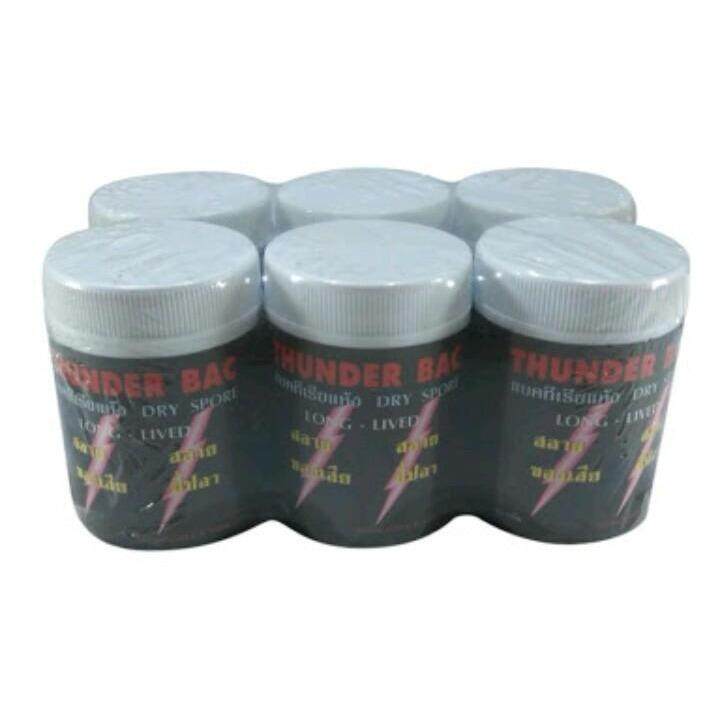
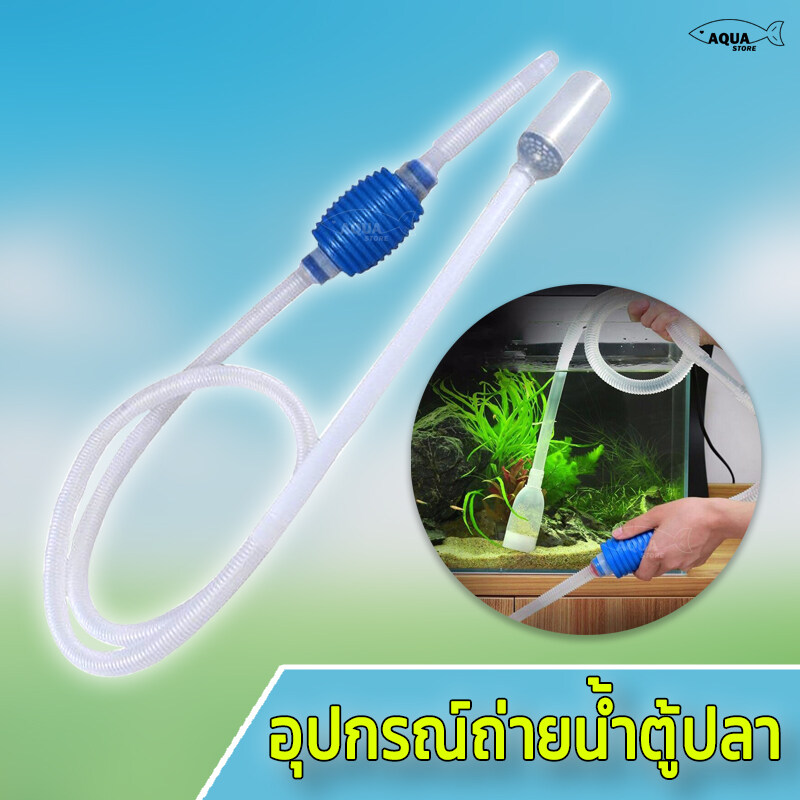
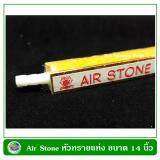
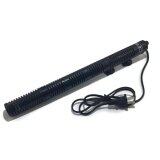
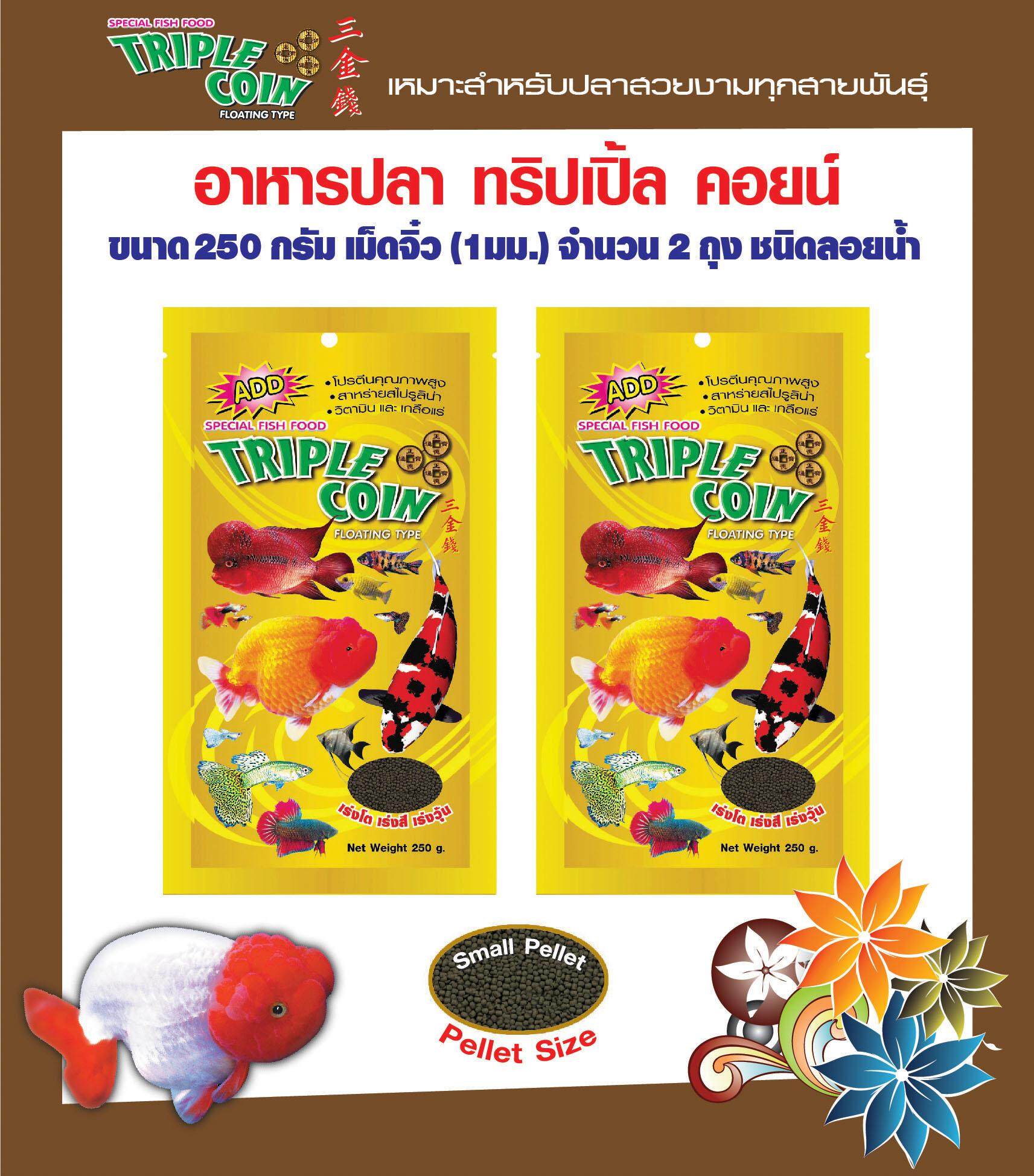

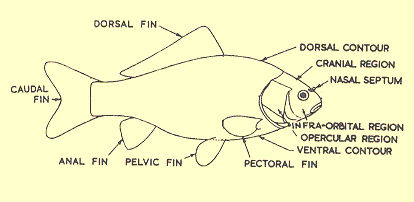 FINNAGE
FINNAGE
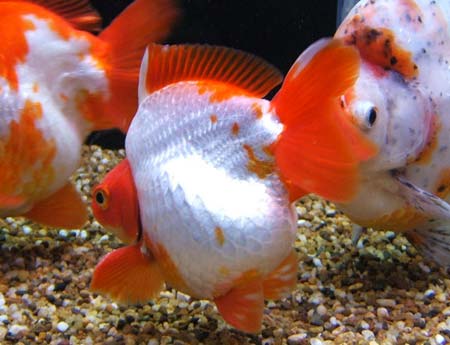
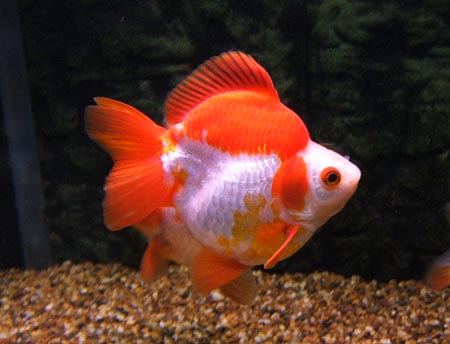
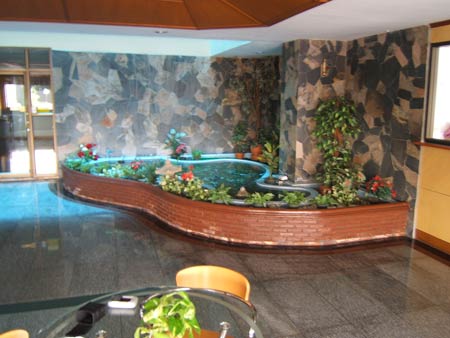
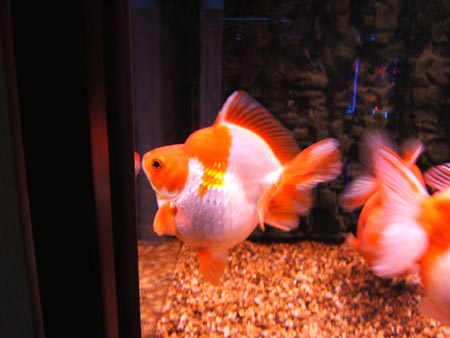
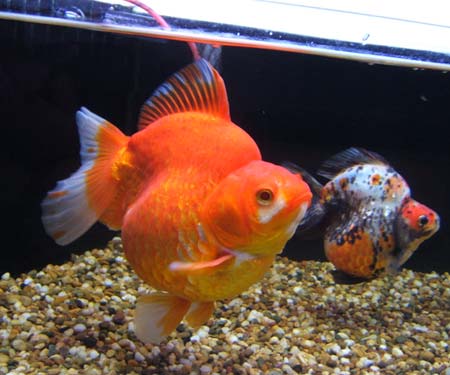
THE HISTORY OF GOLDFISH
This page contains short articles about the history of goldfish and colour and finnage in goldfish, how to keep them (Golden Rules), common diseases, and how to breed them; at the bottom of the page there is a glossary of terms. Follow the links on the left to access these topics.
THE HISTORY OF GOLDFISH
Wild type goldfish
Goldfish are the domesticated Asiatic subspecies of Carassius auratus, the gibel carp, a species that naturally shows a wide range of morphological variation when raised in different environments. In its native China it inhabits rivers, streams, ponds, lakes and ditches, living in running, still and even stagnant water from 10°C to 32°C, growing to about 30 cm in length and 2.5 kg in weight within 2-3 years and living for about 10 years. It is a delicious food fish! It crosses readily with any ornamental goldfish, producing viable offspring. To the right is a picture of the Asiatic gibel carp (picture courtesy of Man Shek-Hay (1982) Hong Kong Goldfish, Urban Council, Hong Kong, taken by the author at Plover Cove Reservoir, Hong Kong - the fish was safely returned to the water).
Chronology of change (mutations)
All morphological changes from the wild type are the result of genetic mutations which man has spotted and favoured by selective line breeding to perpetuate them according to his fancy, although there is a strong tendency to revert to wild type. Human husbandry of this species has unlocked its huge genetic potential, but it has taken a tremendous amount of effort to select and stabilize desirable gene combinations, as can be appreciated from the 1700-year chronology given below:
Chun d. (265-419) gold colouration first recorded (d. = dynasty)
Tang d. (618-907) goldfish raised in captivity (in ponds) in Buddhist monasteries; common goldfish probably established
Nan Song d. (1127-1279) goldfish raised in domestic ponds; white and red-and-white colouration developed
Ming d. (1368-1644) goldfish raised in bowls indoors as pets, enabling selection for mutations that would not have survived (or been observed) in ponds; double tail and anal fins, dorsal-less condition and short body evolved, eggfish developed
1590 red cap
1592 globe eye
1596 matt scales and calico colouration; keeping of fancy goldfish, once the preserve of the aristocracy, now widespread.
1603 goldfish first exported to Japan
1611 goldfish first exported to Europe (Portugal)
Ching d. (1644-1911) bronze and blue colouration
1728 goldfish first bred in Europe (Holland)
1870 celestial
1874 goldfish first exported to America
1893 oranda/tigerhead
1900 pompon and pearlscale; shubunkin colouration developed in Japan
1908 bubble eye
1911 curled operculum
early 1900s comet and veiltail
1934 Bristol shubunkin standard promulgated
(In that ancient records could have been made then lost, or could considerably post-date the events they describe, one should be circumspect about such chronologies).
Most of the changes are recessive compared with the wild type (hence the tendency to revert to wild type) but are dominant amongst domesticated stock (such as the mutation for matt scales). Where alleles (versions of a gene, one inherited from each parent) are both dominant (co-dominant), an intermediate condition between the two results; for example, nacreous scales (see Colour below) occur when the genes for both reflective and matt scales are present.
The only character inherited in a simple Mendelian manner is the globe eye condition; all the other characters are polygenic.